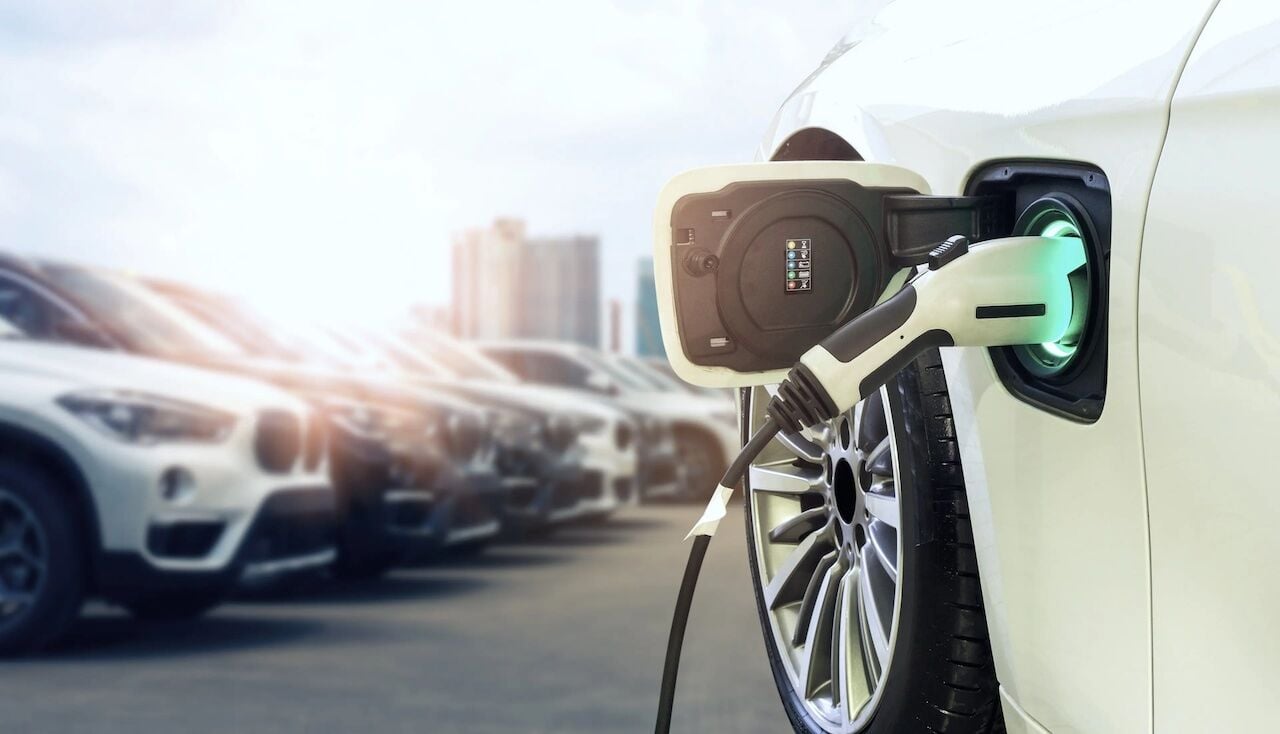Red light: Thailand’s car industry caught in hybrid dilemma

Thailand’s car production industry, a powerhouse of the national economy, stands at a pivotal red light crossroads.
The decision now looms large: should the focus be on propelling battery electric vehicles (BEVs) into the spotlight, or should there be a concerted effort to guide the internal combustion engine (ICE) sector through a transitional phase towards electric vehicles (EVs)?
With the National EV Policy Committee, spearheaded by the prime minister, opting to lend support to the ICE industry for a crucial seven-year stretch, the country’s automotive future hangs in the balance.
In a strategic move designed to ease into EV production, the government has chosen to slosh the excise tax on hybrid vehicles. This fiscal manoeuvre aims to help home-grown and international manufacturers, particularly the giants from Japan such as Honda and Toyota, who have long regarded Thailand as a key ICE production stronghold, reported Bangkok Post
As reported by an insider from the Finance Ministry, who prefered to keep their identity under wraps, there are whispers of worry that this tax alignment could potentially put the brakes on Thailand’s burgeoning EV ambitions.
On December 1, last year, the National EV Policy Committee greenlit a series of measures to stimulate the shift to EVs. Notably, this includes a slashing of excise tax rates for home-grown hybrid EVs (HEVs) and mild hybrids (MHEVs) accommodating ten or fewer seats, paving the way for a smoother transition.
From 2026 to 2032, HEVs will see an excise tax structure tethered to carbon emissions, with vehicles emitting 100 grammes per kilometre of CO2 or less incurring a modest 6% tax.
Those releasing between 101-120 g/km will be slapped with a 9% rate. Yet, there’s a catch: manufacturers must plunge at least 3 billion baht into the economy from 2024 to 2027, ensuring key components are born and bred on Thai soil. By 2026, batteries should be locally sourced, with other vital parts following suit by 2028.
These requirements are carved into two tiers of investment. For those sinking between 3 billion and 4.99 billion baht, three high-value components, traction motors, reduction gears, and inverters, must be produced or assembled locally.
For heftier investments exceeding 5 billion baht, manufacturers have the option to mix high-value components with medium-value ones, such as battery management systems and drive control units. Furthermore, four out of six advanced driver assistance systems are mandatory installs.
Mild hybrids (MHEVs), that harmonise fuel with electric power at driving voltages below 60 volts, present another avenue for Thailand to potentially carve a niche as a global production hub. The EV Board has also outlined similar excise tax rates for MHEVs, stretching from 2026 to 2032, with parallel investment prerequisites.
To sweeten the deal for manufacturers, they must invest a minimum of 1 billion baht from 2024 to 2026, escalating to 5 billion by 2028. From 2026 onwards, batteries and propulsion-enhancing components must be home-grown.
Japanese manufacturers
But it’s not all smooth sailing. The Finance Ministry insider raised an eyebrow at the seven-year grace period afforded to Japanese manufacturers, cautioning that it might slow down technological strides.
With little difference in tax between HEVs and EVs, hybrids seem to have the upper hand, not necessarily music to the ears of Thailand’s EV segment, said the insider.
“The decision on vehicle support hinges on the country’s energy choice. If Thailand opts for electric energy, continuing hybrid support may seem contradictory as hybrids primarily use electric power for non-essential functions.
“Mild hybrids cannot evolve into EVs or high-performance engines. The EV Board’s support for these vehicles stems from a Japanese automaker’s request, which may appear unfair to other manufacturers given the lower investment requirement for mild hybrids compared to hybrids.”
Set against the backdrop of Thailand’s steadily growing EV sales, reaching approximately 100,000 units annually with a 12-13% growth rate, Sompop Manarungsan, President of the Panyapiwat Institute of Management, shared his insights.
According to Sompop, it’s no surprise the government is keen to keep Japanese manufacturers in Thailand.
“Chinese producers don’t focus solely on EVs; they’re in the NEV game.”
Hybrid opportunity
Last year, around 11 million NEVs rolled off Chinese production lines by November, contributing to a forecast of 13 million by year’s end.
Japan’s deep-rooted investment in Thailand faces a tricky transition, and passing up the hybrid opportunity could deliver a severe blow, said Sompop.
“Hybrid cars serve as a bridge between ICE vehicles and EVs, especially since many still hold doubts about fully-electric cars. They see hybrids as a crucial first step towards embracing EVs.”
He further pointed out Thailand’s current shortfall in EV infrastructure.
“Expanding charging networks is essential before a full EV transition. Hybrids are vital to keep the automotive industry ticking over, particularly the suppliers at various levels. If the industry shifts too abruptly, it could jolt the ICE supply chain.”
Though Thailand maintains a foothold as a production hub for Chinese EVs, it doesn’t compare to China’s colossal output of 13 million units annually. That being said, China’s recognition of Thailand’s robust supply chain, rooted in ICE vehicle production, aligns with local content mandates set by the Board of Investment.
“Thailand is well-equipped with supply-side capabilities, producing various components, and demand-side support from government measures like EV subsidies.”
With proper infrastructure investment and strategic alliances, Thailand could stand on pole position in the ASEAN automotive race. The journey, however, demands careful navigation of both policy and industry interests.
Latest Thailand News
Follow The Thaiger on Google News:


























